Morocco, with its stunning landscapes, vibrant cities, and rich cultural tapestry, is a captivating destination that beckons travelers year-round. But is there a singular “ideal” time to explore this North African kingdom?
Well, the truth is, there isn’t one definitive answer. The best time to visit Morocco depends on your preferences, the experiences you seek, and your tolerance for different weather conditions. To help you make an informed decision, we’ll break down Morocco’s seasons, highlighting both the advantages and drawbacks of each.

Spring: Blooms, Mild Weather, and Festivals
Reasons to Go:
1. Flower Power: Spring, particularly from March to May, blankets Morocco in a riot of colors as wildflowers bloom across the landscape. This is a visual feast, especially in the Atlas Mountains and the famous Valley of Roses.
2. Mild Temperatures: Spring offers pleasant weather, with daytime temperatures hovering around the comfortable mid-20s°C (mid-70s°F). It’s perfect for exploring cities and natural wonders without the stifling heat of summer.
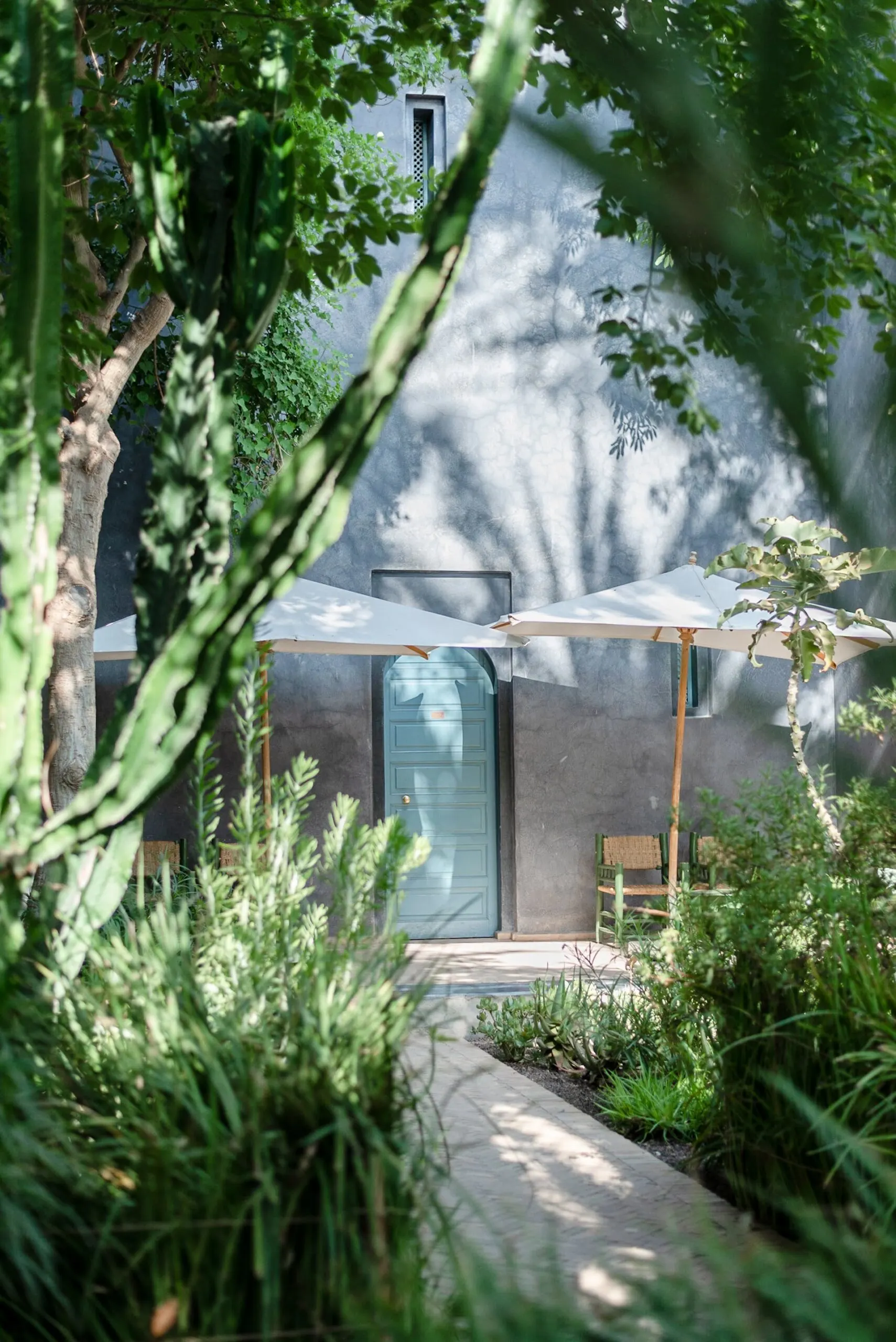
3. Festive Vibes: If you’re a fan of festivals, spring in Morocco won’t disappoint. The Rose Festival in Kelaat M’gouna and the World Sacred Music Festival in Fez are highlights that celebrate Moroccan culture.
Reasons to Reconsider:
1. Crowds in Popular Spots: Spring is a popular tourist season in Morocco, especially in cities like Marrakech and Fes. Expect larger crowds at famous attractions.
2. Variable Weather: While temperatures are generally mild, keep in mind that Morocco’s weather can be unpredictable. Be prepared for occasional rain, especially in northern regions.
3. Higher Prices: Spring is considered the start of the tourist season, so you might find that accommodations and flights are more expensive than in the off-peak months.

Summer: Sunshine, Festivals, and Saharan Heat
Reasons to Go:
1. Saharan Adventures: Summer is the prime time to embark on a Sahara Desert adventure. The iconic camel treks and camping under the star-studded desert sky are unparalleled experiences.
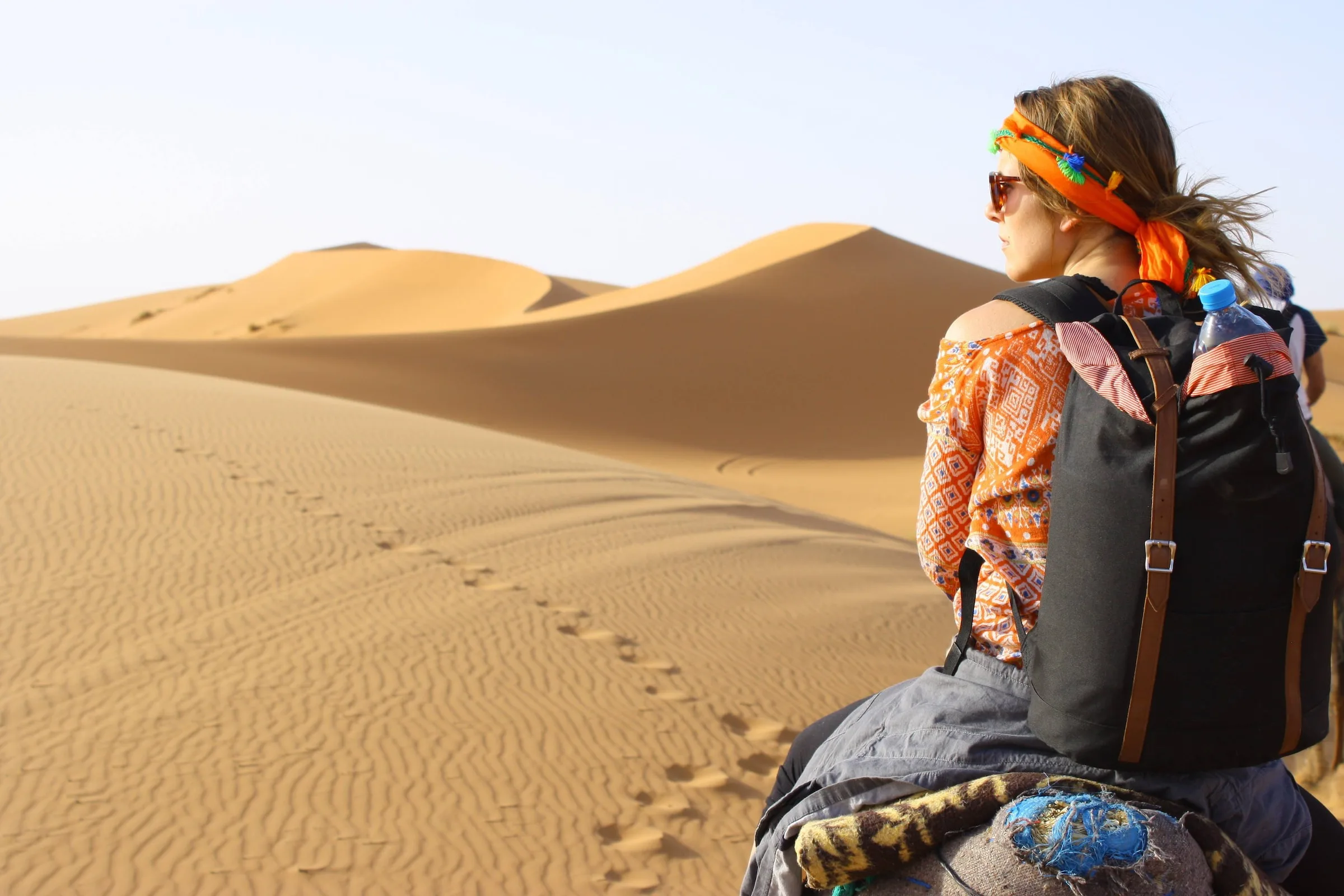
2. Music and Arts: If you’re a fan of music and arts festivals, Morocco shines in summer. The Gnaoua World Music Festival in Essaouira and the Imilchil Marriage Festival in the Atlas Mountains are must-see events.
3. Long Days: With extended daylight hours, you’ll have more time for exploration and outdoor activities.
Reasons to Reconsider:
1. Scorching Heat: It’s no secret that Morocco can get incredibly hot in summer, especially in inland areas like Marrakech and Fes. Daytime temperatures often exceed 40°C (104°F).
2. Crowds and High Prices: Due to summer vacations, popular tourist spots can be crowded, and prices for accommodations and tours may be at their peak.
3. Ramadan: Keep in mind that Ramadan, the Islamic holy month of fasting, is observed in Morocco. While it’s a unique cultural experience, it also means that many restaurants and cafes close during daylight hours.
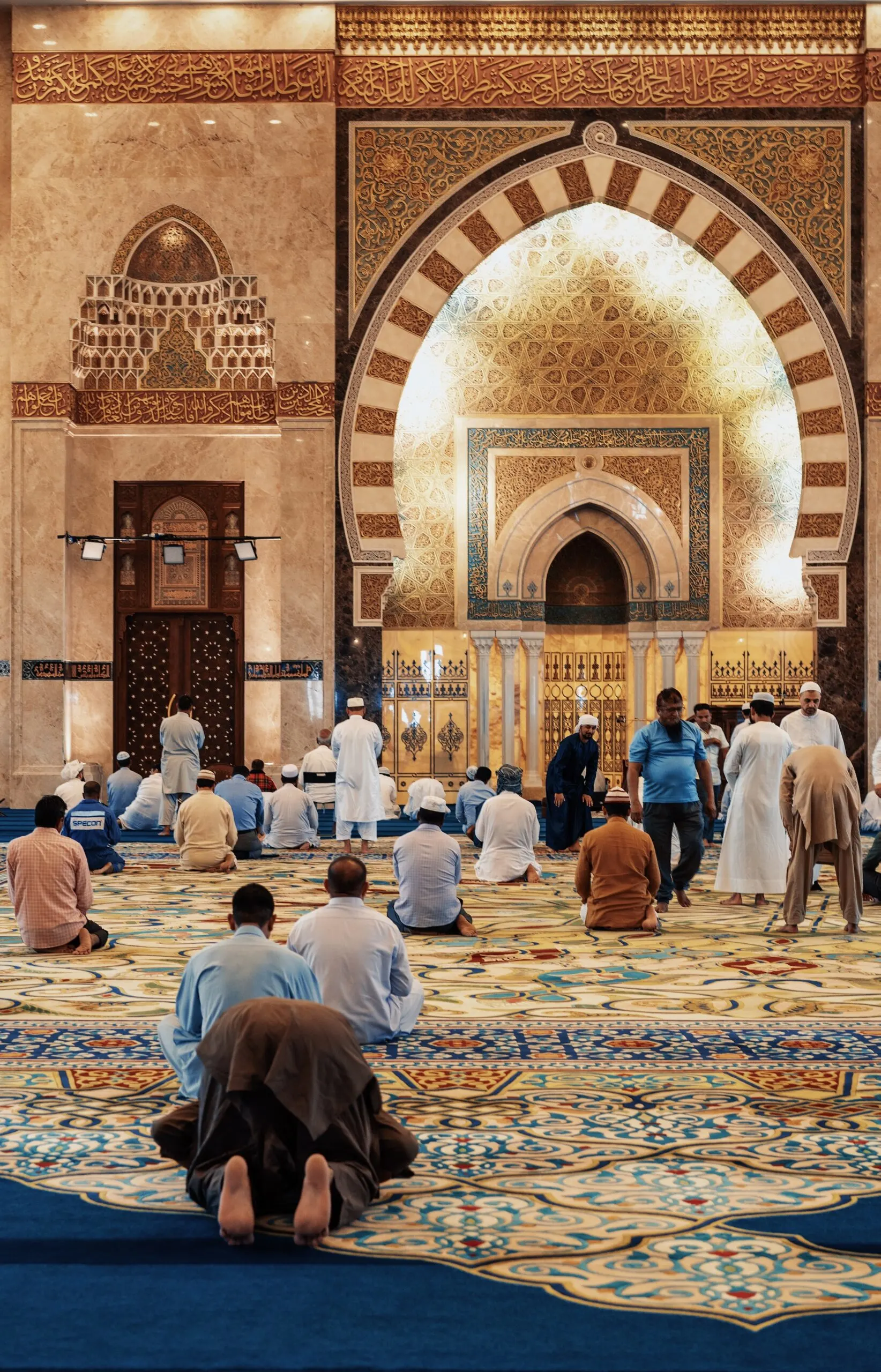
Autumn: Mild Climates and Cultural Riches
Reasons to Go:
1. Mild Climates: Autumn, particularly September and October, offers pleasant temperatures across the country. It’s an ideal time for outdoor activities and city explorations.
2. Harvest Season: Autumn is harvest time in Morocco, with vibrant markets showcasing fresh fruits, olives, and dates. Foodies will revel in the local culinary delights.
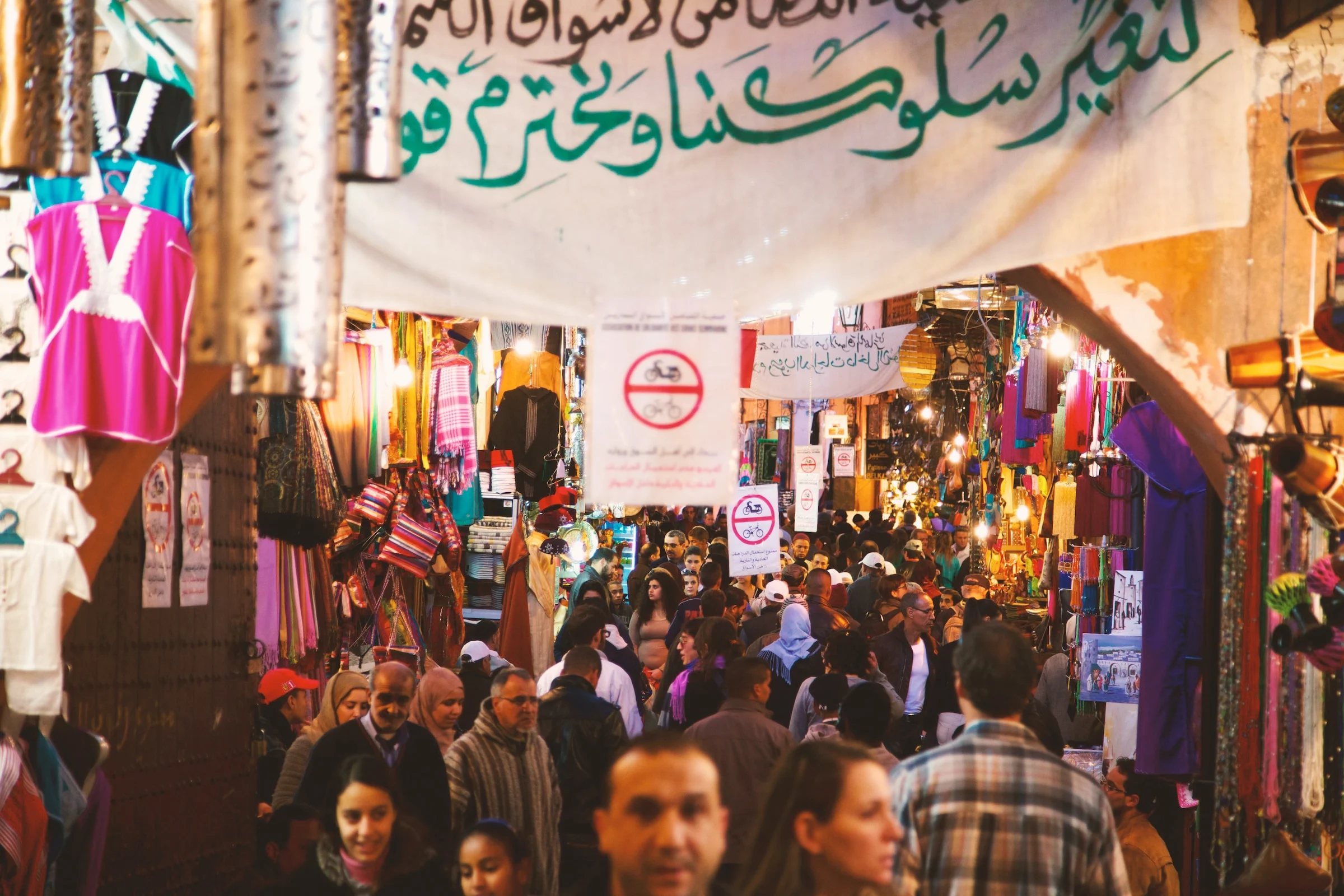
3. Cultural Celebrations: Moroccan cities come alive in autumn with various cultural festivals and events, like the International Film Festival in Marrakech.
Reasons to Reconsider:
1. Changing Weather: While temperatures are generally comfortable, there can be variations, especially in mountainous regions. Pack layers for cooler nights.
2. Popular Season: Like spring, autumn is a popular tourist season in Morocco, so expect more visitors at iconic sites.

3. Limited Sahara Visits: If you have your heart set on a Sahara Desert excursion, note that the scorching desert heat begins to wane in autumn.
Winter: Snow-Capped Peaks, Desert Tranquility, and Festival Fun
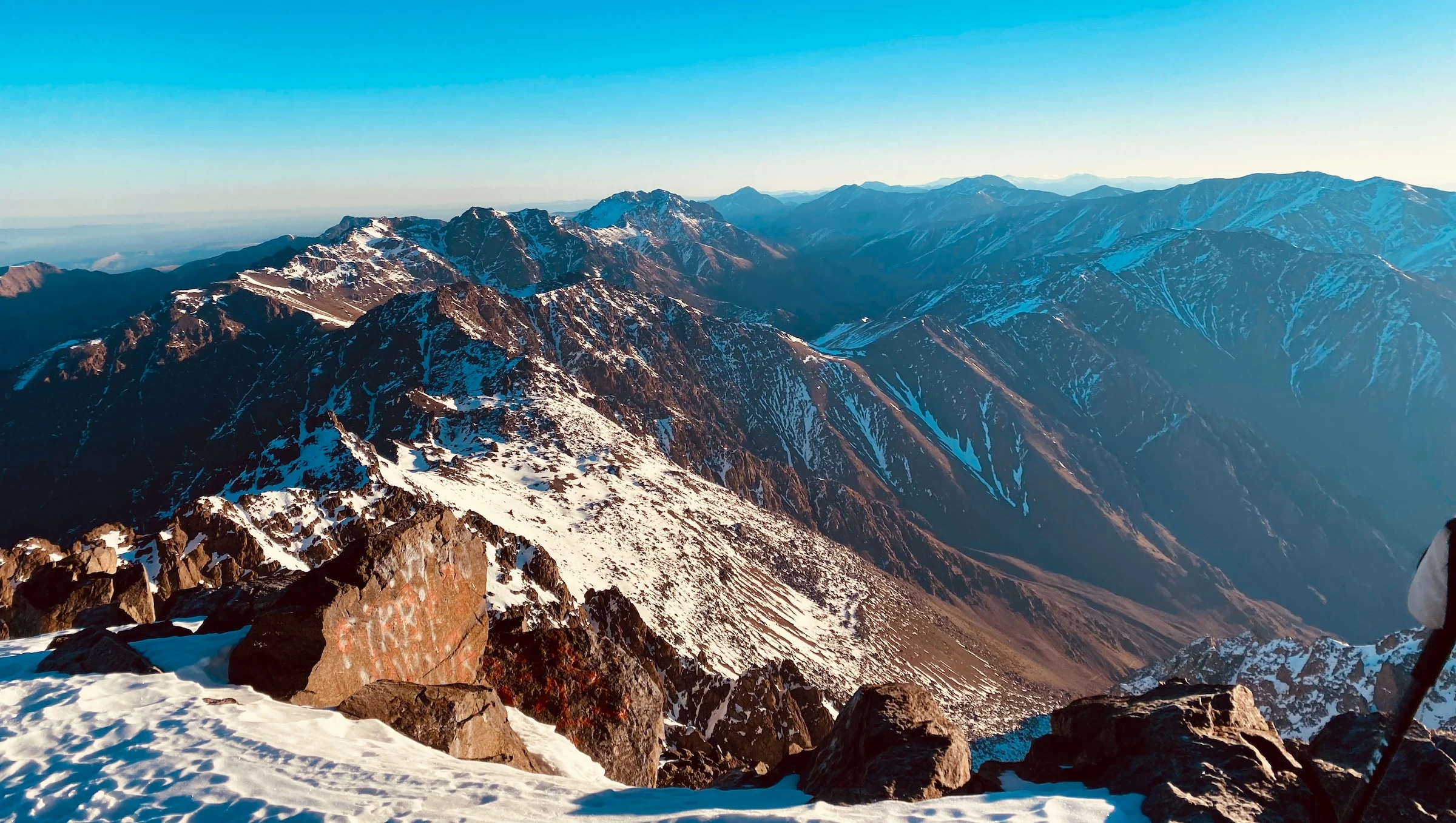
Reasons to Go:
1. Snow Adventures: If you’re a fan of winter sports, the Atlas Mountains become a playground for skiing and snowboarding. The picturesque snow-capped peaks are a sight to behold.
2. Desert Comfort: While the desert can be chilly at night, daytime temperatures in the Sahara are more bearable during winter, making it a great time for desert explorations.
3. Unique Festivals: Witness the Almond Blossom Festival in Tafraoute or partake in the Date Festival in Erfoud, unique cultural celebrations that showcase Morocco’s diversity.
Reasons to Reconsider:
1. Cool Evenings: Winter nights can be quite cold, especially in the desert and mountains. Be prepared with warm clothing.
2. Limited Accessibility: Some mountain passes may be closed due to heavy snow, limiting access to certain regions.
3. Less Greenery: Unlike spring, when wildflowers bloom, winter landscapes can be more barren, particularly in rural areas.
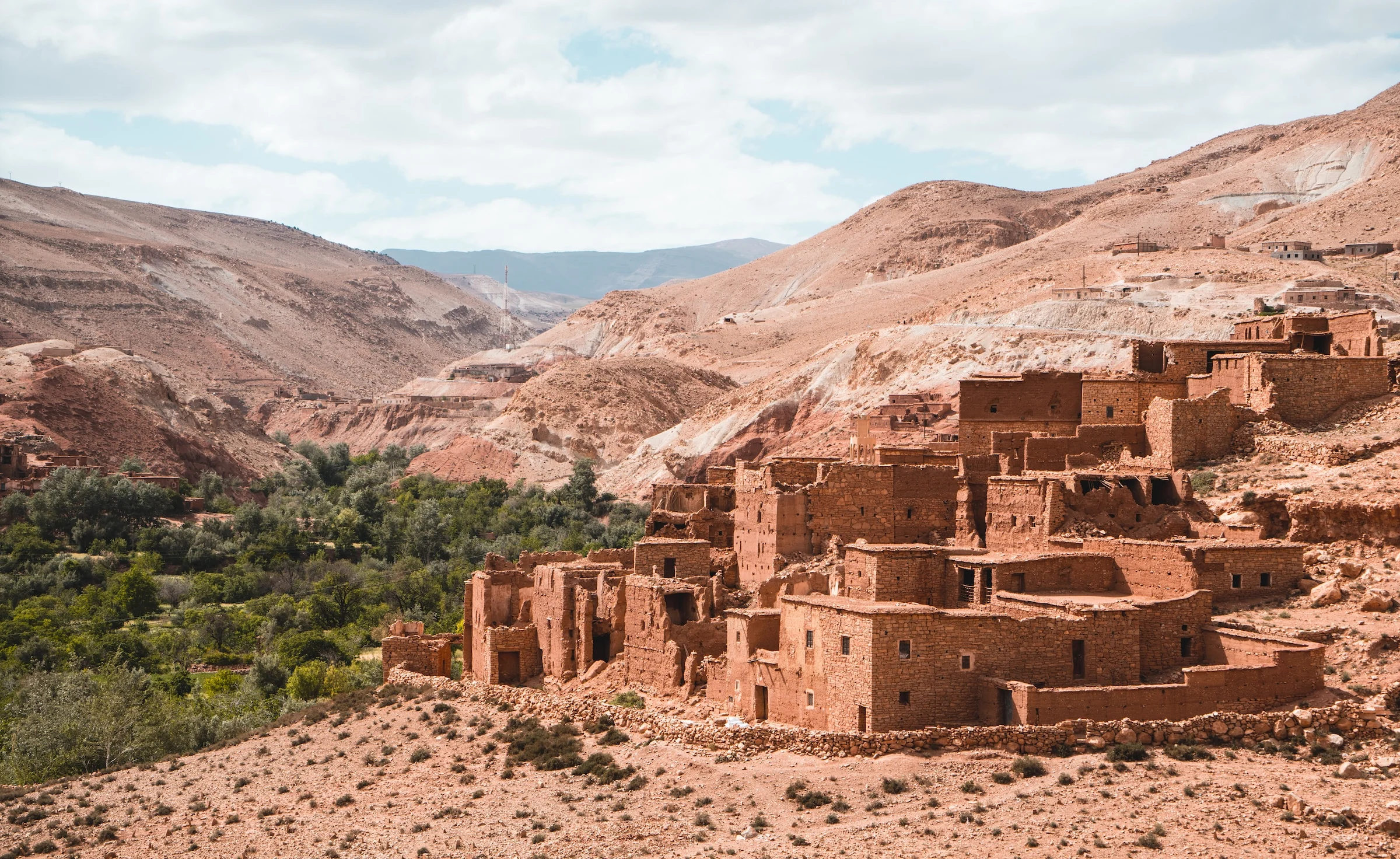
In conclusion, there is no one-size-fits-all answer to the question of when to visit Morocco. The “best” time depends on your preferences, tolerance for weather conditions, and the experiences you seek. Consider the unique offerings of each season and tailor your visit to match your interests. Additionally, remember that Morocco’s diverse landscapes mean that different regions may shine at various times of the year. Whether you’re drawn to the vibrancy of spring, the adventure of summer, the mildness of autumn, or the unique offerings of winter, Morocco awaits your exploration. So, when will you embark on your Moroccan adventure? The choice is yours.
More Tips For Your Trip
What is the best way to visit Morocco for YOU?
Visiting Morocco in the Fall? Here’s What to Pack!